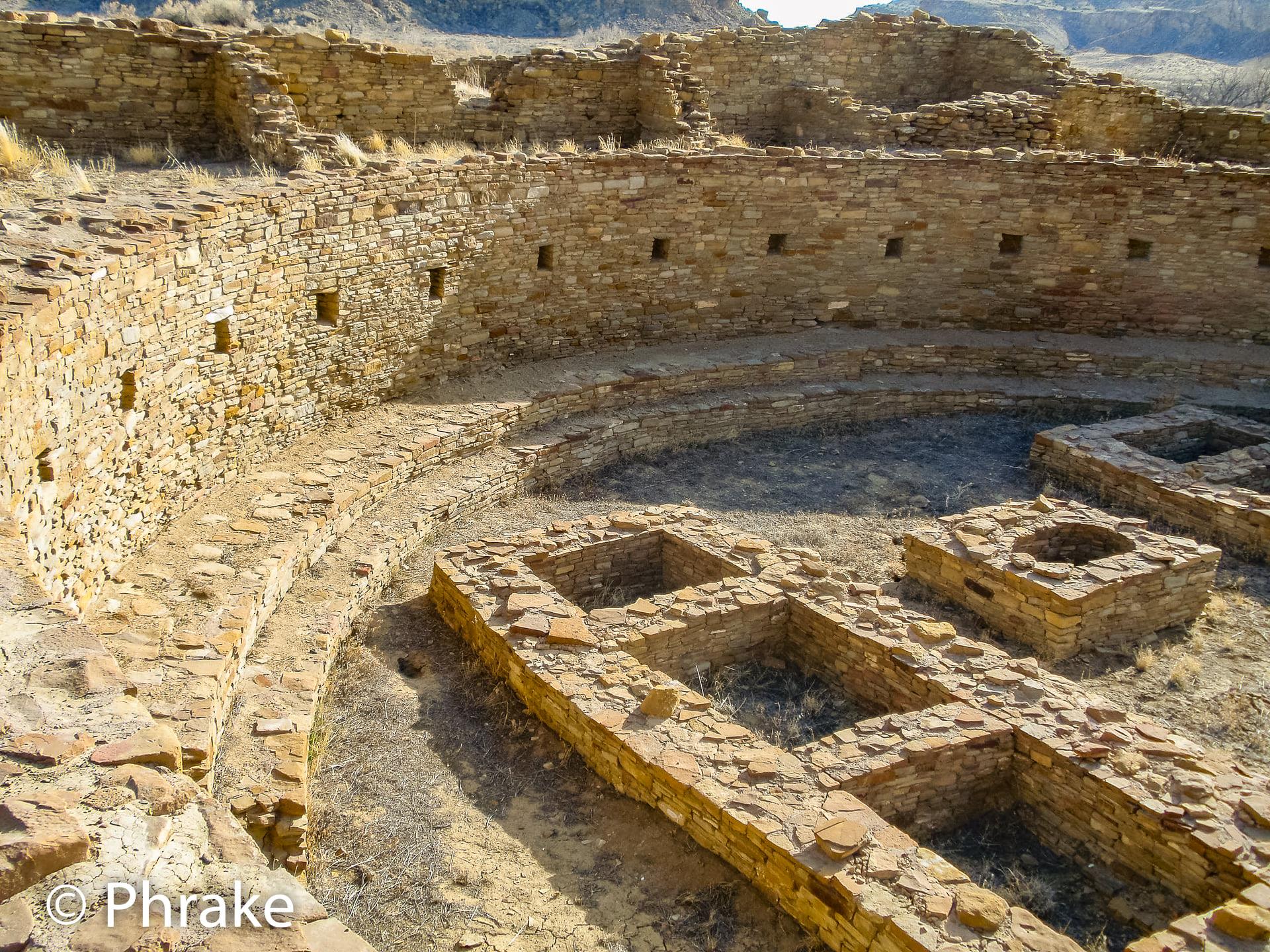The Daily Escape:

Chaco Canyon, NM – 2021 photo by Freek Bouw. This is the best collection of ancient ruins north of Mexico.
On February 29th, 2020, the US signed an agreement with the Taliban in Doha that provided for a full US and international troop withdrawal on a 15-month timetable. The Taliban promised to take measures to restrict the activities of other terrorist groups (like al-Qaeda) and to negotiate a ceasefire and a political settlement with the Afghan government. (Read the full text of the agreement here.)
Many in the media are asking how the Taliban succeeded so quickly. They’re blaming the Biden administration’s execution of the withdrawal, but that agreement has a lot to do with why things are so chaotic.
Here is a Twitter thread by Joel Cawley about the agreement: (emphasis by Wrongo)
1/ There’s a lot of disinformation floating around on what exactly was agreed in Doha. The more you read this, the more you realize how amazingly out of touch our current commentary has become.
2/ This document specifically spells out a mutual understanding that the Taliban will negotiate a settlement with the Afghan government, just as they did. Less clear, but 100% tacitly implied throughout, is that the Taliban will be the new rulers.
3/ In other words, we knew those “settlements” were surrender agreements. All the Taliban had to do was show this document to each Afghan provincial leader and they could see we were now backing the Taliban.
4/ We even spell out our intent to then provide the Taliban, as Afghan’s new ruling party, development aid, UN recognition, and immunity from any future US military incursion or even threat.
5/ This wasn’t an intelligence failure. We agreed with them in advance on what they would do. This is a failure to properly advise and inform the incoming administration of a critical foreign policy agreement.
It’s clear that Trump’s failure to agree to an orderly transition may have delayed Biden’s team’s full understanding of their agreement with the Taliban. Michael Semple of the Irish Times writes about the consequences of the agreement:
“The US talked up the prospects of a…settlement and the hopes that it would hand over to a power-sharing administration including the Taliban. But throughout the 2018-2021 peace initiative, the Taliban leadership gave their fighters an entirely different narrative. Unambiguously….Taliban fighters were told that they had defeated the US in the war and that the US had agreed to hand over power to them as they left – ‘the Americans have handed us the keys of the presidential palace’ was a frequently repeated phrase.”
Semple adds: (brackets and emphasis by Wrongo)
“Critically, the 2020 deal between the US and Taliban severely curtailed the use of American air power against the Taliban, although [it allowed] the Taliban…to fight on against the Afghan government.”
The US basically quit the battlefield a year before our troops actually left. In the last year, when the US should have been building the resilience of Afghan forces, we reduced our financial support for the Afghan government, weakening a key military advantage which Afghan forces had enjoyed over the Taliban. And after the agreement was signed, the Taliban enjoyed full freedom of movement across the country and started to build their military pressure.
Sarah Chayes, a former NPR reporter who covered the fall of the Taliban in 2001, subsequently ran two non-profits in Kandahar for 10 years. She speaks Pashtu, and eventually went to work for two NATO commanders, and later for a chairman of the Joint Chiefs of Staff. Her blog post about the fall of Afghanistan is well worth your time:
“Two decades ago, young people in Kandahar were telling me how the proxy militias American forces had armed and provided with US fatigues were shaking them down at checkpoints….I and too many other people to count spent years of our lives trying to convince US decision-makers that Afghans could not be expected to take risks on behalf of a government that was as hostile to their interests as the Taliban were.”
She notes that the Taliban are a creation of Pakistan:
“The Taliban were a strategic project of the Pakistani military intelligence agency, the ISI. It even conducted market surveys in the villages around Kandahar, to test the label and the messaging. “Taliban” worked well. The image evoked was of the young students who apprenticed themselves to village religious leaders.”
About Hamid Karzai, America’s first puppet president, she says: (brackets and emphasis by Wrongo)
“During my conversations in the early 2000s about the Pakistani government’s role in the Taliban’s initial rise, I learned….[that] Hamid Karzai, the US choice to pilot Afghanistan after we ousted their regime, was in fact the go-between who negotiated those very Taliban’s initial entry into Afghanistan in 1994….Karzai may [also] have been a key go-between negotiating this surrender, just as he did in 1994,”
She also wonders about the role of Trump’s chief negotiator for the agreement, US Special Envoy Zalmay Khalilzad. He’s an old friend of Karzai’s. She asks:
“Could…Biden truly have found no one else for that job, to replace an Afghan-American with obvious conflicts of interest, who was close to former Vice President Dick Cheney and who lobbied in favor of an oil pipeline through Afghanistan when the Taliban were last in power?”
Chayes concludes: (emphasis by Wrongo)
“I hold US civilian leadership, across four administrations, largely responsible for today’s outcome. Military commanders certainly participated in the self-delusion. I can…find fault with generals I worked for or observed. But the US military is subject to civilian control. And the two primary problems identified above — corruption and Pakistan — are civilian issues. They are not problems men and women in uniform can solve. But…no top civilian decision-maker was willing to take either of these problems on. The political risk, for them, was too high.”
When you read all of this, you realize that America’s end game in Afghanistan was bound to be a clusterfuck!
Wrongo has a problem with those who are treating the instantaneous collapse of the Afghani government and army as some sort of argument against Biden’s decision to abide by Trump’s negotiated agreement. The media has now decided to cover the withdrawal, but out of a combined 14,000-plus minutes of the national evening news broadcast on CBS, ABC, and NBC in 2020, a total of five minutes were devoted to Afghanistan.
Those five minutes covered the February agreement between the US and the Taliban.
It shouldn’t be a surprise that Americans are shocked at what the media are now feeding them. And isn’t it astounding how the people who were totally wrong about Afghanistan keep being invited back on TV to tell us what we should be thinking about what’s happening now?
Time to wake up America! We need to acknowledge the errors by giving them a true perspective, even if it doesn’t fit the Blue vs. Red agenda.
To help you wake up, listen to this new tune by The Killers, “Quiet Town”, about the good and bad in small town life:
The animated video is very nice.




